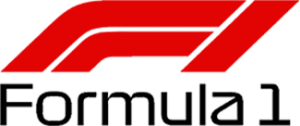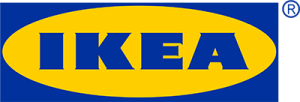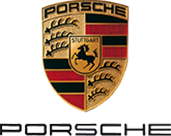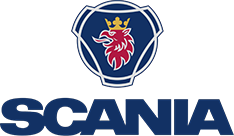The Euro-pallet, also known as the EPAL-Pallet, is one of the best-selling pallet types with dimensions of 800×1200 mm. Although it is a standard pallet, its dimensions are not ideal. The problem is that nearly all forklifts used for handling these EUR/EPAL pallets are equipped with standard forks that are longer than the shortest side of the pallet, which is 800 mm. If the pallet is handled from the long side, the fixed forks will always extend beyond the back of the pallet, potentially causing damage.
KOOI® ReachForks are extendable forklift forks that can extend from 800 mm to 1200 mm. This ensures that a euro pallet is always sufficiently supported, preventing it from tipping forward and protruding through the pallet and causing damage. The reason forklifts are still often equipped with standard, overly long forks is likely due to a lack of awareness and the perception that telescopic forks are expensive. However, research shows that when you analyze the costs, most reach forks pay for themselves within a year test.
Forklift forks that are too long protrude from the back of the pallet. When lifting, a pallet behind may be inadvertently lifted as well, and will cause damages and possible injuries. As a company, why would you want to run these risks and put all the responsibility on your forklift driver when there is a simple solution like extendable forklift forks.
With a relatively small investment, the forklift becomes so much more efficient. Surely a forklift driver should be relieved of extra handling. By picking up the euro pallet from the long side, the pallet must be lifted flush with the nose of the forks otherwise the forks will stick out. This takes time and will affect the speed of handling.
A forklift with 1200 mm forks has a larger turning radius than and a forklift with extendable forks with a retracted length of 800 mm. Once the forklift forks are positioned inside the pallet pockets are turned, the ReachForks are extended to 1200 mm, thus improving efficiency.
Every forklift driver is taught to place the load/pallet against the fork back to obtain the best possible stability when transporting the pallet. So why does the driver suddenly have to estimate how far the pallet should be from the fork back to prevent it from sticking out? This caution will affect work speed and productivity.
Damage to pallets and goods cost a lot of money, pallets have to be returned to the packing department, product and or pallet replaced, stock correction, damage report made, photos taken for evidence, a waiting truck and forklift driver and a dissatisfied customer. Is it all worth it?
With telescopic forklift forks, your driver can work faster and cause less damage. By operating ReachForks from the driver’s cabin, the forks can adjust to two lengths, increasing safety and reducing damage. Your driver will have fewer worries and will enjoy their responsible job more and will perform his work more efficiently.


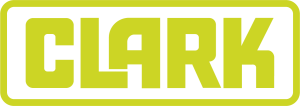

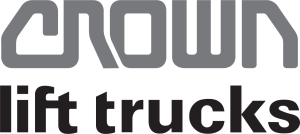
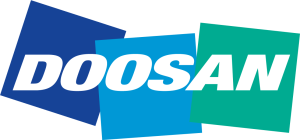





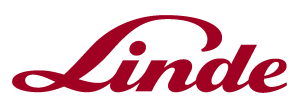



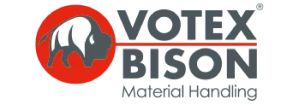
Slightly yes, telescopic forks are approximately 5% heavier than standard forklift forks for Euro Pallet applications. A set of reach forks weighs around 90 kg, while a set of standard forks with a length of 1200 mm weighs 86 kg.
KOOI ReachForks are designed to handle a variety of weights, but the specific limit depends on the model. Generally, they can handle loads up to 1,500 kg. which is the maximum carrying weight of the EPAL pallets.
Ensure the pallet is centered and the forks are fully inserted. The load should be evenly distributed across both forks to prevent tilting and potential damage.
KOOI ReachForks are compatible with most standard forklift models. However, it’s important to verify compatibility with your specific forklift before use.
Regularly inspect the forks for any signs of wear or damage. Ensure the extension mechanisms are lubricated and functioning smoothly. Follow the maintenance guidelines provided by the manufacturer.
Use the tilt indicator to ensure the forks are level. Avoid sudden movements and ensure the forks are properly aligned with the pallet slots before lifting.
The Bluetooth tilt indicator ensures the forks are level, reducing the risk of tilting and potential damage to the pallets. It provides real-time feedback to the operator.
Hydraulic EURO-Pallet extensions require an additional hydraulic function. Often this is already standard on a forklift. Since telescopic forks are almost as heavy as standard forklift forks, no additional heavier forklift is necessary.
No, for those companies that do not need to extend forks regularly daily, Meijer Handling Solutions also supplies manually extendable forklift forks.
Telescopic forklifts are indeed slightly thicker than standard forklifts, but their thickness depends most on capacity. We already supply telescopic forks with a thickness of 40 mm and a capacity of 1700 kg / 600 mm.
For the installation of Euro-Pallet ReachForks, a heavier forklift is not necessary, nor is an additional hydraulic function required in most cases to operate the ReachForks. However, it is important to involve the forklift dealer in purchasing the telescopic forks since a different attachment will be coupled to the forklift, and often the type plate with details of the forklift will be updated accordingly. Naturally, there may be instances where additional controls for the ReachForks are necessary, requiring the installation of a hose package and/or hydraulic control valve. These tasks are relatively simple for a forklift supplier or manufacturer.


An easy way to calculate the reduction of costs caused by pallet damage by using KOOI® ReachForks instead of standard forks for the handling of Euro (EPAL) Pallets.
By using the ROI calculator, we aim to provide insight into the costs involved when handling Euro-pallets with standard forklift forks, based on several key factors. The calculator uses assumptions, and Meijer Handling Solutions cannot be held liable for the results. Experience proves that it gives a good indication, though. Make your own calculation, starting with adjusting the pre-sets.







